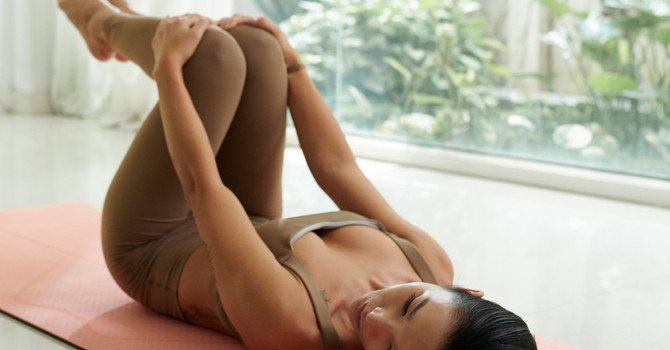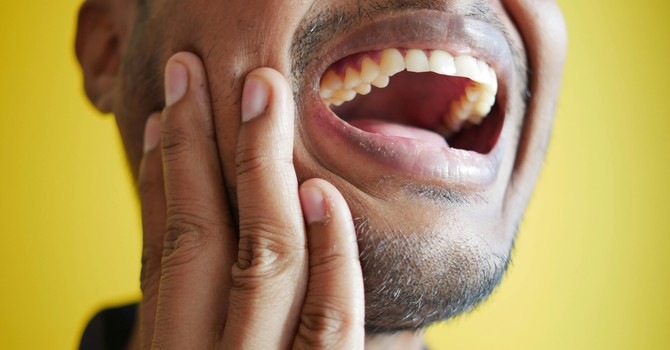
SLEEPING WITH LESS JOINT PAIN
If you’re like most people, you don’t always have an easy time getting comfortable going to sleep and you still feel creaky when you wake up. The relationship between sleep and joint pain is an enormous subject, and your chiropractor’s advice will vary depending on your individual circumstances. But with so many people having similar problems, there are a few commonalities we can discuss and offer solutions for. In addition to chiropractic care, getting a better night’s sleep will involve changing both your approach to sleep and how you take care of yourself during the day.
How You Sleep
Should you use a firm mattress or a soft one? What about your pillow? Should you be using them at all? What position should you sleep in? You have probably heard all sorts of answers to these questions because people with certain conditions require specialized solutions. But in general, a firm mattress will do more to keep your back aligned. There are many cultures in which people sleep on the floor and say it works for them, but the downside to this is that increased pressure on the joints of the limbs may restrict circulation, even if it does provide more back support. For that reason, a mattress may be the better option if circulation is more of a problem for you or you have a history or shoulder or hip injuries. A large pillow is necessary to keep your head in line with your spinal column when you are on your side, but a thinner one will keep you better aligned when you’re on your back.
We shift position in our sleep, and that is necessary to keep our muscles from seizing up. But that doesn’t mean there’s no point in trying to find a comfortable position to fall asleep in or to support yourself during. Sleeping on the front forces our heads backwards and to the side, increasing the risk of neck and shoulder pain, and leaves our lumbar vertebrae sagging. It is less likely that a person will roll into this position if they start on their backs, unless they are suffering from obstructive sleep apnea, in which case they may roll over in an unconscious attempt to use gravity to clear their airways. Treating sleep apnea may require help from a sleep medicine specialist, but there are specialized wedges that can be used to provide better support to people sleeping in an usual positions. People who are pregnant or prefer to fall asleep on their sides may want to try holding a pillow between their knees to reduce hip strain.
Lifestyle Support
Lack of sleep also makes us more vulnerable to joint pain, creating a vicious cycle. However, there are things we can do to improve our quality of rest that aren’t directly related to joint support. Before trying to sleep, we should give ourselves a half-hour break from electronic screens. The area around our beds should be as free of dust as possible, and we should take care not to pile on so much bedding that we overheat after a few hours. It’s also a good idea to avoid food and alcohol right before bed, to reduce the risk of acid reflux.
Chiropractors specialize in musculoskeletal health and will be quick to tell you that strong muscle tone is essential for supporting skeletal alignment. Stretching throughout the day will make your tendons less prone to tightening while you’re asleep, and a firmer core will help keep your spine in alignment even while you’re at rest. But avoid exercise in the hour before bed, or else you’ll still be full of adrenaline. And try to ensure your sleeping space doesn’t double as your work space, so your body won’t feel the need to be on alert there.




